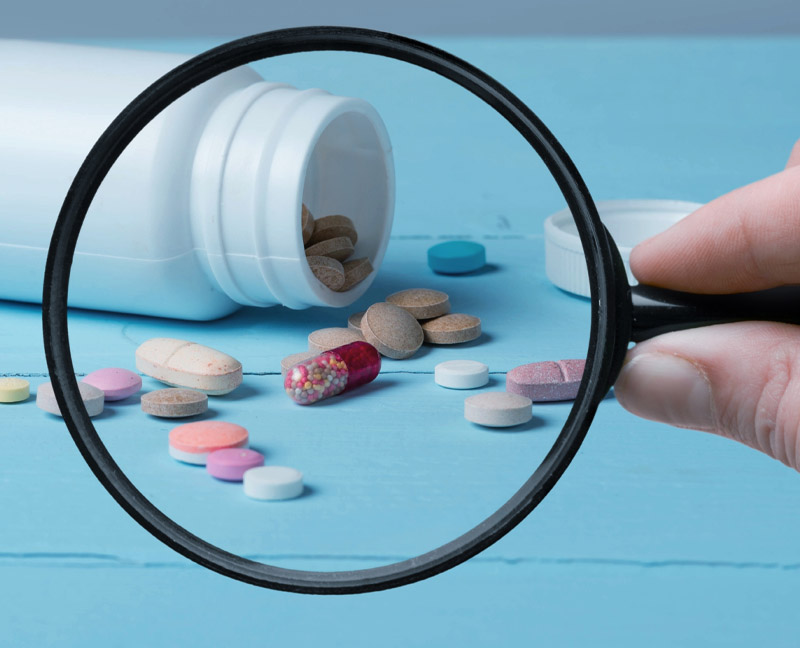The Battle of the Brands in the Medication Aisle

Manufacturers know they have reached the pinnacle of marketing when their brand name becomes so ingrained in our lexicon that it becomes synonymous with the item it represents. Whether it’s asking for a Kleenex instead of a tissue, a bowl of Jell-O instead of gelatin, or a Xerox instead of a copy, we’ve all been influenced by branding at some level.
The power of branding influences so many aspects of our lives, including when we are looking for medication to help with illness and pain relief.
“When a company first comes out with a medication, that medication is known by its active ingredient. The term we use for that active ingredient is what is known as the ‘generic’ name,” explains Scott Warren, PharmD, who treats patients as an Ambulatory Care Pharmacist with Shore Physicians Group. “The pharmaceutical company patents the medication and it is sold under the Brand name. Once the patent expires, other companies can produce the generic drug, and they do so under their own name and so the battle of the brands begins.”
An example of what Scott Warren is describing is diclofenac sodium topical gel. Originally only available with a prescription, this medication was one of the first topical prescription treatment that patients can apply directly to sites of pain associated with osteoarthritis, such as the knees and hands.
In 2020, the FDA declassified it as prescription only, the patent expired and it became available over-the-counter and was branded as Voltaren(R) Gel 1%. Very quickly, other brands such as Aspercreme, Aleve, Bengay all had their own version of diclofenac on the market. And of course, pharmacies sell their own private label of diclofenac as well.
With so many brands, pricing, and packaging, how is a consumer supposed to make the right choice? Warren offers some sound advice.
“Sometimes a brand name represents multiple products that serve different purposes, so people can end up buying the wrong thing. A great example is Sudafed. Sudafed is a brand that represents many types of medications,” said Warren. “My best advice is to ask for help. Pharmacists are great resources, and they are eager to help. I also recommend looking at the active ingredients. Finally, just because a medication is higher priced does not mean it will work better. It often means the company had to increase the price to offset the branding costs.”
Scott Warren, PharmD, has prepared a list of some “active ingredient” (generic) medication terms related to common ailments that are treated with over-the-counter medication. If you have questions on these items and would like to make an appointment with Warren, call 609.365.6200. Warren is treating patients in Shore Physicians Group’s offices in Ocean City, Northfield and Somers Point, NJ.
Itch:
Hydrocortisone (small areas)
Pramoxine
Diphenhydramine (oral or gel)
Calamine
Benzocaine/lidocaine
Allergy:
Fluticasone (nasal spray)
Cetirizine
Loratadine
Diphenhydramine (allergic reaction)
Fexofenadine
Cough/Cold:
Dextromethorphan
Guaifenesin
Pseudoephedrine
Propylhexedrine
Eucalyptus
Joint Pain:
Diclofenac (gel)
Ibuprofen (oral)
Naproxen (oral)
Trolamine salicylate (cream)
Acetaminophen (oral)
Muscle Relief:
Arnica
Methyl salicylate
Menthol
Lidocaine
Camphor
Ibuprofen (oral)